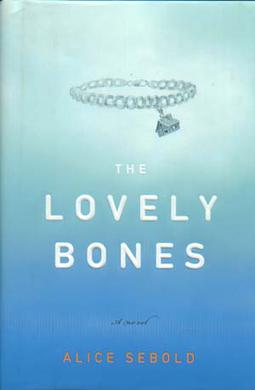Koko Be Good: Jen Wang
 This comic seems to be a reboot of a web series with the same name. At first, it revolves around two people who would probably be familiar to anyone who spent time in a hip college town. Jon is about to go off to Peru for some humanitarian work, and Koko is an impulsive, irreverent and directionless young woman. When the two of them meet, Koko is inspired by what she thinks is Jon's genuine selflessness. She decides to turn over a new leaf and be a good person. There is a third narrative, following a young man named Faron. Faron's story was interesting but I would have rather seen it in a comic of its own.
This comic seems to be a reboot of a web series with the same name. At first, it revolves around two people who would probably be familiar to anyone who spent time in a hip college town. Jon is about to go off to Peru for some humanitarian work, and Koko is an impulsive, irreverent and directionless young woman. When the two of them meet, Koko is inspired by what she thinks is Jon's genuine selflessness. She decides to turn over a new leaf and be a good person. There is a third narrative, following a young man named Faron. Faron's story was interesting but I would have rather seen it in a comic of its own. The art and the story work together to make give the book a dreamy, light mood. Koko is particularly expressive and the muted sepia palette warms it up. As for the plot, Koko's story was tough for me to buy and I didn't connect with her; I don't believe it would be so easy for a previously selfish and wild person to suddenly become 'good.' Jon's conflict with his older girlfriend gave me a few things to think about, and Faron's story was interesting but didn't fit and needed more space.
Blankets: Craig Thompson
A black and white graphic novel that tells the story of the author's early life: his relationship with his brother and parents, his struggles with faith, and the first girl he loved. I identified with the protagonist quickly, and I think a lot of people would if they had been disappointed by religion in the past. It also excellently captures the intensity of falling in love for the first time, and the heartbreak that usually follows.It's got me thinking about the way I experienced emotions when I was younger and the way I experience them now.
The art was energetic and fluid and full of motion. Thompson fills pages with lovely patterns reminiscent of Indian henna designs, and those were some of my favorites. Many of his full-page panels would make excellent posters.
American Born Chinese: Gene Luen Yang
A simple, clean art style and a protagonist with an interesting perspective endeared this book to me. American Born Chinese flips between three very different stories: the Monkey King's struggle to change himself, Jin Wang's experience as a child of Chinese immigrants living in America, and Danny, an American boy inexplicably related to a ridiculous Chinese caricature named Chin-Kee. They tie together surprisingly but neatly for a satisfying conclusion. It balances light-heartedness with a lot of subtext on culture and alienation.









